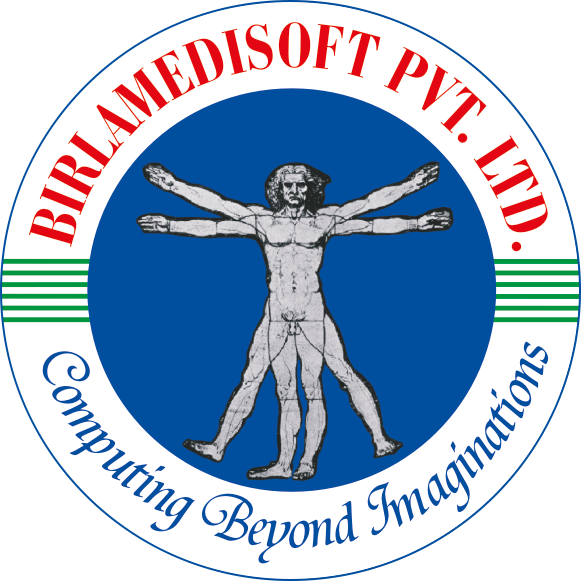

Occupational Health Software plays a crucial role in the manufacturing industry by managing and promoting the health and safety of workers. Here are some key roles of Occupational Health Software in the manufacturing industry:
Health and Safety Management: Occupational Health Software helps manufacturing companies manage their health and safety programs effectively. It allows for the centralization of safety data, including incident reports, safety inspections, and risk assessments. This enables companies to track and analyze safety trends, identify potential hazards, and implement corrective measures to prevent workplace accidents and injuries.
Employee Health Monitoring: The software facilitates the monitoring of employee health in the manufacturing industry. It can track and manage medical assessments, occupational health screenings, and immunization records. This ensures compliance with health regulations and standards, identifies any health risks associated with specific job roles, and enables proactive interventions to protect workers’ health.
Occupational Injury and Illness Management: Occupational Health Software helps manage and document workplace injuries and illnesses. It allows for the electronic recording and tracking of incidents, providing a comprehensive view of occupational health incidents and their associated costs. This information can be used to identify root causes, implement preventive measures, and analyze trends to improve workplace safety.
Return-to-Work Programs: The software assists in managing return-to-work programs for employees who have been injured or have experienced work-related health issues. It helps track the progress of injured employees, document medical restrictions, and facilitate their safe and timely return to work. This supports the smooth transition of employees back into their roles while ensuring their safety and well-being.
Health Risk Assessments: Occupational Health Software enables the assessment and management of health risks in the manufacturing industry. It allows for the identification of occupational hazards, exposure monitoring, and risk assessments for specific job roles or tasks. This information helps companies implement appropriate control measures, such as personal protective equipment (PPE) requirements, training programs, and work process modifications, to mitigate health risks.
Compliance and Reporting: The software assists in maintaining compliance with occupational health regulations and reporting requirements. It can generate reports and analytics on workplace incidents, injuries, and illnesses, facilitating accurate and timely reporting to regulatory bodies. This ensures that manufacturing companies meet their legal obligations and supports continuous improvement in occupational health and safety.
Employee Well-being and Wellness Programs: Occupational Health Software can support employee well-being and wellness initiatives in the manufacturing industry. It can facilitate the management of wellness programs, track participation, and monitor the effectiveness of interventions. This promotes a culture of well-being, reduces employee health risks, and enhances overall employee satisfaction and productivity.
Data Analysis and Decision-Making: The software provides robust data analysis capabilities to identify trends, patterns, and correlations related to occupational health and safety. This enables manufacturing companies to make data-driven decisions, allocate resources effectively, and prioritize initiatives that have the most significant impact on employee health and safety.
By utilizing Occupational Health Software, the manufacturing industry can effectively manage occupational health and safety programs, mitigate risks, comply with regulations, and promote the well-being of its workforce. This ultimately leads to a safer work environment, reduced absenteeism, improved employee satisfaction, and increased productivity.


